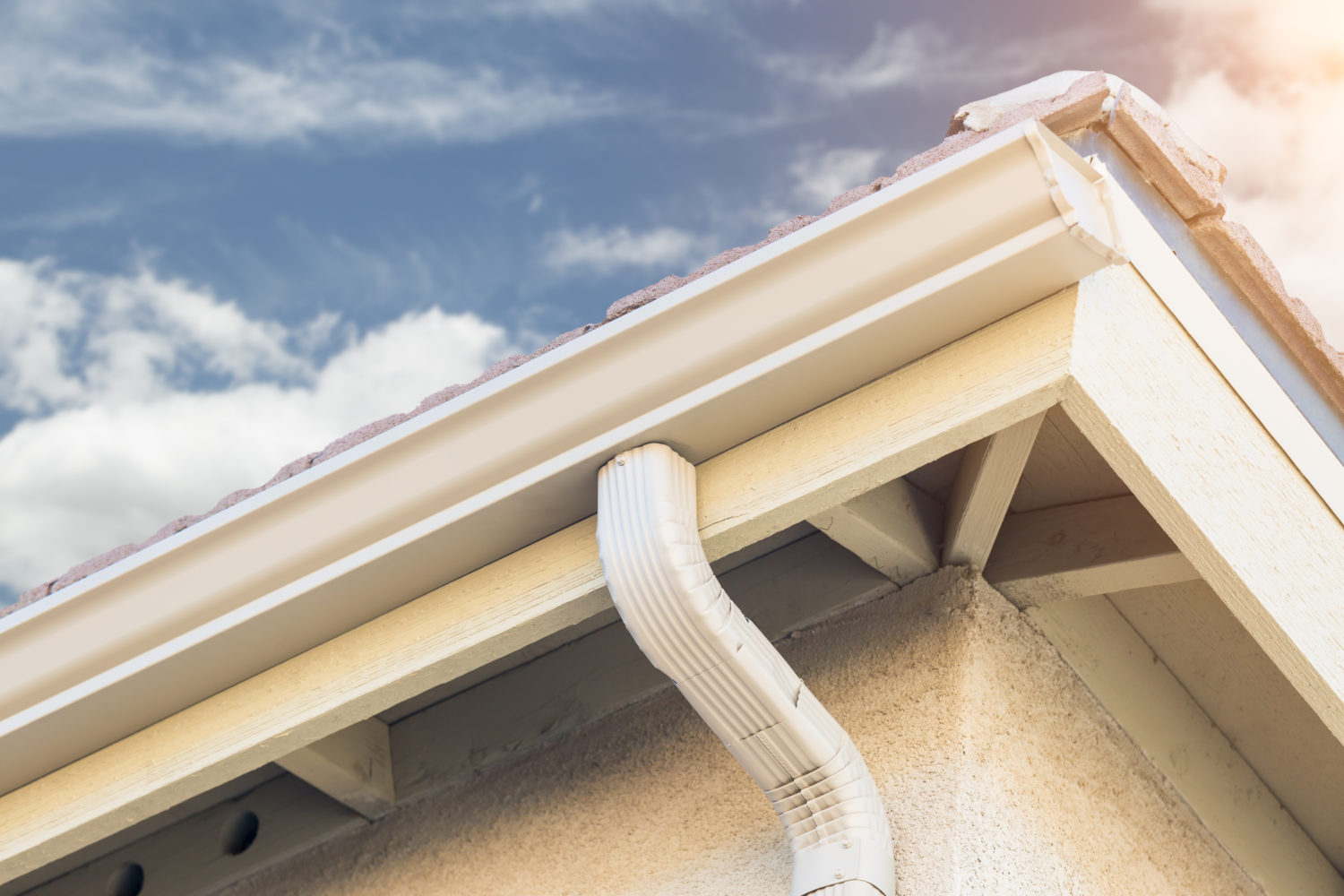

Articles
How Do Gutters Work
Modified: April 22, 2024
Discover how gutters work with our informative articles. Learn how they protect your home from water damage and keep your foundation secure.
(Many of the links in this article redirect to a specific reviewed product. Your purchase of these products through affiliate links helps to generate commission for Storables.com, at no extra cost. Learn more)
Introduction
Gutters are an essential component of any building’s roofing system. They play a crucial role in directing rainwater away from the structure, preventing water damage and preserving the integrity of the foundation. While gutters may not be the most glamorous feature of a home or building, their functionality is paramount in maintaining a dry and structurally sound property.
The main purpose of gutters is to collect and redirect rainwater from the roof to a proper drainage system. Without gutters, rainwater would pour off the roof in an uncontrolled manner, causing erosion, flooding, and potential damage to the foundation and landscaping.
In this article, we will explore how gutters work and why they are vital for maintaining the structural integrity of a building. We will also discuss the different components of gutters, their function in collecting rainwater, and the importance of proper gutter function. Additionally, we will delve into common gutter problems, the different types of gutters available, the benefits of gutter systems, and the importance of regular maintenance and cleaning.
By the end of this article, you will have a comprehensive understanding of how gutters work and why they are essential for every property. So, let’s dive in and explore the world of gutters!
Key Takeaways:
- Gutters are essential for preventing water damage, preserving exteriors, and maintaining the structural integrity of a building. Regular maintenance and proper function are crucial for safeguarding the property.
- Choosing the right type of gutters, such as aluminum, steel, vinyl, or copper, can offer various benefits and considerations. Understanding common gutter problems and the importance of regular cleaning is vital for homeowners and property owners.
Read more: How Do Rain Chains Work Without Gutters
Purpose of Gutters
The primary purpose of gutters is to collect rainwater that falls onto the roof of a building and channel it away from the structure. This helps to prevent water damage and protect the foundation, walls, and landscaping. Gutters play a crucial role in managing water runoff and maintaining the overall integrity of a building.
One of the main benefits of gutters is the prevention of water damage. During rainfall, water flows down the roof and without gutters, it would pour directly off the edge, causing erosion around the foundation and creating puddles near the building. Over time, this can lead to serious structural issues, such as foundation cracks, mold growth, and basement flooding. Gutters collect the water and prevent it from pooling around the foundation, reducing the risk of water damage and preserving the stability of the building.
Another key purpose of gutters is to protect the exterior of the building. Without gutters, rainwater can splash against the walls, leading to discoloration, corrosion of siding, and damage to the paintwork. By redirecting water away from the walls, gutters help to maintain the aesthetics and longevity of the building’s exterior.
Gutters also help to preserve the landscaping surrounding the building. Without proper gutter systems, rainwater runoff can create soil erosion, wash away plants, and damage the roots of trees and shrubs. By collecting and directing the water away from the landscape, gutters ensure that the area around the building remains intact and thriving.
Furthermore, gutters play a crucial role in preventing basement flooding. When water is not properly channeled away from the building, it can seep into the basement, causing property damage and posing potential health risks due to mold and mildew growth. Gutters help to keep water away from the foundation, reducing the likelihood of basement flooding and water-related issues.
In summary, the purpose of gutters is to effectively manage rainwater runoff and protect the structural integrity of a building. By collecting and directing water away from the foundation, walls, and landscape, gutters prevent water damage and maintain the overall health and longevity of the property.
Components of Gutters
Gutters are composed of several key components that work together to efficiently collect and channel rainwater away from a building. Understanding these components is essential for ensuring the proper functioning of a gutter system.
1. Gutter Channels: The gutter channels, also known as troughs, are the long, narrow sections that collect rainwater from the roof. They are typically made of metal, such as aluminum or steel, and come in various sizes and shapes to accommodate different roof configurations.
2. Gutter End Caps: At the ends of the gutter channels, there are end caps that seal off the system. They are typically made of the same material as the gutters and prevent water from escaping at the edges.
3. Downspouts: Downspouts, also known as drainpipes or leaders, are vertical pipes that connect to the gutter channels and carry the collected rainwater down to the ground or a designated drainage system. They can be round or rectangular in shape and are typically made of metal or PVC.
4. Gutter Hangers: Gutter hangers are the support brackets that hold the gutter channels in place and attach them to the building. They come in various styles, including hidden hangers and spike-and-ferrule hangers, and are typically made of metal for durability.
5. Gutter Guards: Gutter guards, also known as gutter screens or leaf guards, are optional components that can be installed over the gutter channels to prevent debris, such as leaves, twigs, and debris, from entering the system. They help to minimize clogs and reduce the need for frequent gutter cleaning.
6. Sealants and Adhesives: Sealants and adhesives are used to ensure the watertightness of the gutter system. They are applied to the seams, joints, and connections to prevent leaks and water seepage.
When all of these components work together harmoniously, the gutter system effectively collects rainwater and channels it away from the building, protecting it from potential water damage. It is important to regularly inspect and maintain these components to ensure the proper functioning of the gutters.
How Gutters Collect Rainwater
Gutters collect rainwater from the roof and direct it to a proper drainage system, preventing water damage and maintaining the integrity of the building. Understanding how gutters collect rainwater is key to appreciating their functionality.
When it rains, water falls onto the roof of a building. The roof slope and design guide the water towards the lower edges, where gutters are installed. The water flows down the roof and enters the gutter channels through the open top.
The gutter channels, which are sloped slightly towards the downspouts, act as conduits that capture and transport the rainwater. The gutter hangers secure the channels to the building, ensuring stability and preventing sagging or detachment.
As the rainwater enters the gutter channels, it gradually accumulates and starts to flow towards the downspouts. Gravity plays a crucial role in this process, pulling the water downwards and guiding it through the gutter system. The size and shape of the gutter channels, as well as the slope, support efficient water flow and prevent pooling.
Once the rainwater reaches the downspouts, it is directed vertically downwards. The downspouts are positioned at strategic locations along the gutter system, typically at the corners or intervals, to ensure proper drainage. The downspouts may have additional components, such as elbows or extensions, to redirect the water away from the building’s foundation or connect to an underground drainage system.
It’s important to note that gutters need to have proper drainage outlets at the end of the downspouts. These outlets distribute the water away from the building and into an area where it can safely flow away or be absorbed by the ground without causing damage.
In summary, gutters collect rainwater from the roof by guiding it into the gutter channels through the open top. The water then flows towards the downspouts, which direct it vertically downward and away from the building. The proper installation and maintenance of gutters are paramount in ensuring effective collection and efficient drainage of rainwater.
Importance of Proper Gutter Function
Proper gutter function is crucial for the overall maintenance and protection of a building. It plays a vital role in safeguarding the structure from water damage and preserving its integrity. Understanding the importance of proper gutter function is essential for homeowners and property owners.
1. Prevention of Water Damage: One of the primary reasons for having functioning gutters is to prevent water damage. Without proper gutter function, rainwater will cascade off the roof and pool around the foundation, causing erosion, leaks, and structural damage. By directing water away from the building, gutters help to maintain a dry and stable foundation, preventing costly repairs.
2. Preservation of Exteriors: Gutters also play a significant role in protecting the exterior of the building. Without functional gutters, rainwater can cause discoloration, rot, and deterioration of the siding, paintwork, and trim. By channeling water away, gutters help to preserve the aesthetics and longevity of the building’s exteriors.
3. Prevention of Basement Flooding: Improperly functioning gutters can lead to basement flooding, which can cause extensive damage to the property and pose potential health risks. When rainwater is not properly channeled away from the building, it can seep into the basement, leading to mold growth, property damage, and compromised structural integrity. Properly functioning gutters help to prevent water from infiltrating the basement and minimize the risk of flooding.
4. Maintenance of Landscaping: Gutters also play a role in the preservation of the landscaping surrounding the building. When rainwater is not appropriately diverted, it can erode the soil, damage plants, and wash away mulch or other ground coverings. By effectively collecting and redirecting water, gutters help to maintain the integrity of the landscape, protecting plants, shrubs, and trees.
5. Prevention of Pest Infestation: Standing water caused by poor gutter function can attract pests, such as mosquitoes, termites, and other insects. These pests can cause additional damage to the property and pose health risks. Properly functioning gutters ensure that water is efficiently drained away, reducing the risk of pest infestation.
6. Longevity of the Roof: Gutters also play a role in preserving the integrity and longevity of the roof. By effectively collecting and directing water away from the roof, gutters prevent excessive water accumulation, reducing the risk of roof leaks, rot, and damage to the underlying structure.
In summary, proper gutter function is crucial for preventing water damage, preserving the exteriors, preventing basement flooding, maintaining the landscaping, preventing pest infestation, and ensuring the longevity of the roof. Regular inspection, maintenance, and cleaning of gutters are essential to ensure their proper function and protect the integrity of the building.
Regular gutter maintenance is essential for proper functioning. Clean gutters regularly to remove debris and prevent clogs, and ensure that they are properly sloped for water to flow towards the downspouts.
Read more: How Leaf Guard Gutters Work
Common Gutter Problems
While gutters are designed to efficiently collect and channel rainwater away from a building, they can experience various issues that affect their functionality. Understanding common gutter problems is essential for homeowners and property owners to identify and address these issues promptly.
1. Clogging: One of the most common gutter problems is clogging. Debris such as leaves, twigs, and dirt can accumulate in the gutter channels and block the flow of water. Clogged gutters prevent proper drainage, leading to water overflow, roof leaks, and potential damage to the structure.
2. Sagging or Detachment: Over time, gutter channels can sag or become detached from the building. This is often caused by the weight of debris, improper installation, or inadequate support brackets. Sagging or detached gutters can lead to ineffective water flow, water pooling, and potential damage to the fascia.
3. Leaks: Leaks can occur at various points along the gutter system, including seams, joints, and connections. These leaks can result in water dripping or pouring out of the gutter channels, causing water damage to the structure and compromising the overall functionality of the gutter system.
4. Improper Pitch: Gutters should have a slight slope towards the downspouts to facilitate proper water flow and drainage. However, over time, the pitch can become misaligned or inadequate, resulting in water pooling and inefficient drainage.
5. Broken or Damaged Components: Components of the gutter system, such as gutter channels, downspouts, and hangers, can become broken or damaged due to various factors, including extreme weather conditions, impact, or wear and tear. Broken or damaged components can affect the overall functionality and stability of the gutter system.
6. Gutter Overflow: When gutters are unable to handle the volume of water during heavy rainfall, they can overflow. This can lead to water cascading over the edges of the gutters, causing erosion, foundation damage, and potential water intrusion into the building.
7. Poor Drainage: Inadequate drainage at the end of the downspouts can cause water to pool around the foundation, leading to erosion and potential water damage. It is important to ensure that the downspouts are properly connected to a drainage system or directed away from the building.
In summary, common gutter problems include clogging, sagging or detachment, leaks, improper pitch, broken or damaged components, gutter overflow, and poor drainage. Regular inspection, maintenance, and prompt repair of these issues are essential for ensuring the proper functioning of the gutter system and preventing water damage to the property.
Types of Gutters
When it comes to choosing the right gutters for your home or building, there are several types available, each with its own set of advantages and considerations. Understanding the different types of gutters can help you make an informed decision based on your specific needs and preferences.
1. Aluminum Gutters: Aluminum gutters are the most popular and widely used type of gutters. They are lightweight, durable, and resistant to rust and corrosion. Aluminum gutters come in a variety of colors and can be easily customized to fit any home or building style. They are also relatively affordable and require minimal maintenance.
2. Steel Gutters: Steel gutters are known for their strength and durability. They can withstand harsh weather conditions and are less prone to damage from falling debris. However, steel gutters are heavier and more expensive than aluminum gutters. They require regular maintenance to prevent rusting and may need periodic repainting.
3. Vinyl Gutters: Vinyl gutters are lightweight, affordable, and easy to install. They are resistant to rust and corrosion, making them a popular choice for homeowners looking for low-maintenance gutters. However, vinyl gutters may not be as durable as metal gutters and may be prone to cracking or sagging under heavy snow or ice loads.
4. Copper Gutters: Copper gutters are known for their distinctive appearance and elegance. They add a touch of sophistication to any home or building. Copper gutters are highly durable, resistant to corrosion, and require minimal maintenance. However, copper gutters are expensive and may develop a natural patina over time, which some homeowners embrace while others may prefer the original shine.
5. Seamless Gutters: Seamless gutters are custom-made gutters that are fabricated on-site to fit the exact dimensions of your home or building. They are made from aluminum, copper, or steel and provide a seamless, continuous gutter system. Seamless gutters have fewer joints, reducing the risk of leaks and clogs. They require professional installation and can be more expensive than traditional sectional gutters.
6. K-Style Gutters: K-style gutters are a popular choice for residential properties. They have a decorative, architectural shape that resembles the letter “K.” K-style gutters have a larger capacity to handle high volumes of water and are less likely to clog compared to half-round gutters.
7. Half-Round Gutters: Half-round gutters have a classic, rounded shape and are often seen in historic or traditional homes. They provide a distinct aesthetic appeal and are typically made of aluminum or copper. However, half-round gutters have a smaller capacity and may be more prone to clogging compared to K-style gutters.
When selecting the type of gutters for your property, consider factors such as durability, maintenance requirements, cost, and aesthetic appeal. It is also essential to consult with a professional gutter installer to ensure that the chosen gutters are suitable for your specific climate and roof configuration.
Benefits of Gutter Systems
Gutter systems offer numerous benefits to homeowners and property owners. From protecting the structure to preserving the landscape, gutters play a vital role in maintaining the overall integrity and longevity of a building. Let’s explore some of the key benefits of having a properly installed and functional gutter system.
1. Water Damage Prevention: The primary benefit of gutter systems is the prevention of water damage. By effectively collecting and channeling rainwater away from the building, gutters reduce the risk of water infiltration, foundation cracks, mold growth, and other water-related issues.
2. Preservation of Exteriors: Gutters help to protect the exteriors of a building by preventing water from splashing against the walls. This reduces the risk of discoloration, rot, and deterioration of the siding, paintwork, and trim.
3. Prevention of Basement Flooding: A properly functioning gutter system ensures that rainwater is directed away from the foundation, reducing the risk of basement flooding. This helps to maintain a dry and safe environment in the basement and prevents potential water damage.
4. Maintenance of Landscaping: Gutters help to preserve the landscaping surrounding the building by directing water away from the plants, shrubs, and trees. This prevents soil erosion, root damage, and maintains the aesthetics of the outdoor space.
5. Reduction of Soil Erosion: Properly installed gutters prevent rainwater from eroding the soil around the foundation. This helps to prevent the sinking or shifting of the foundation and avoids costly repairs in the long run.
6. Prevention of Pest Infestation: Standing water caused by poor gutter function can attract pests, such as mosquitoes and termites. By effectively diverting water away from the building, gutters minimize the risk of pest infestation and potential property damage.
7. Protection of the Roof: Gutters help to protect the roof by directing water away, reducing the risk of roof leaks, rot, and damage to the underlying structure. This prolongs the lifespan of the roof and minimizes the need for expensive repairs.
8. Enhancement of Property Value: Well-maintained gutter systems are attractive to potential buyers and can enhance the overall value of a property. Property owners can enjoy a higher resale value and a competitive edge in the real estate market.
9. Prevention of Ice Dams: In colder climates, gutters play a crucial role in preventing the formation of ice dams. By effectively channeling water away from the roof and preventing ice buildup, gutters protect the roof and minimize the risk of structural damage.
10. Peace of Mind: Ultimately, a properly functioning gutter system provides peace of mind to homeowners and property owners. Knowing that water is effectively directed away from the building and that potential water damage is minimized, property owners can enjoy a safe and well-maintained environment.
In summary, gutter systems offer numerous benefits, including the prevention of water damage, preservation of exteriors, prevention of basement flooding, maintenance of landscaping, reduction of soil erosion, prevention of pest infestation, protection of the roof, enhancement of property value, prevention of ice dams, and peace of mind. Regular maintenance and cleaning of gutters are essential to enjoy these benefits and ensure the longevity of the gutter system.
Maintenance and Cleaning of Gutters
Maintaining and cleaning gutters is essential for ensuring their proper function and longevity. Regular maintenance helps to prevent clogs, leaks, and other gutter-related problems. Let’s explore some key tips for maintaining and cleaning your gutters.
1. Schedule Regular Inspections: Regularly inspect your gutters to check for any signs of damage, such as rust, corrosion, loose components, or sagging. Look for leaks, disconnected downspouts, or any debris accumulation. Performing visual inspections at least twice a year, in the fall and spring, can help identify issues early on.
2. Clear Debris: Remove any leaves, twigs, and other debris from the gutter channels. This can be done using a gloved hand, a small shovel, or a trowel. Place the debris in a bucket or a tarp for easy disposal. Avoid using sharp tools that could damage the gutter system.
3. Flush with Water: After removing the debris, flush the gutters with a garden hose to ensure proper water flow. Start from the end of the gutter farthest from the downspout and work your way towards it. This can help identify any clogs or blockages and wash away smaller debris.
4. Check Downspouts: Inspect the downspouts for clogs or obstructions. If water is not flowing freely, use a plumber’s snake or a pressure washer to clear any blockages. Ensure that the downspouts are securely attached and directing water away from the foundation.
5. Repair and Seal: If you notice any leaks, loose hangers, or damaged components, repair them promptly. Use a gutter sealant or silicone caulk to seal any leaks or gaps in the gutter system. Replace any damaged or deteriorated parts to ensure proper function.
6. Install Gutter Guards: Consider installing gutter guards or screens to prevent debris from entering the gutter channels. Gutter guards help to reduce the frequency of cleaning and minimize the risk of clogs. There are various types of gutter guards available, including mesh screens and solid covers.
7. Maintain Proper Slope: Ensure that the gutter channels have a slight downward slope towards the downspouts. Over time, the gutters may shift or settle, affecting the slope. Use a level to check the alignment and adjust the hangers as needed to maintain proper water flow and drainage.
8. Consider Professional Cleaning: If you are uncomfortable with heights or have a multi-story building, consider hiring a professional gutter cleaning service. Professionals have the expertise, tools, and safety equipment to efficiently clean and maintain your gutters.
Remember, regular maintenance and cleaning are essential for the proper function and longevity of your gutter system. Neglecting gutter maintenance can lead to clogs, leaks, water damage, and structural issues. Taking the time to properly care for your gutters will pay off in the long run, protecting your property and preserving its value.
Read more: How Does A Freezer Work
Conclusion
Gutters may not be the most prominent feature of a building, but their importance cannot be overstated. They play a crucial role in directing rainwater away from the structure, preventing water damage, and preserving the integrity of the foundation. Understanding how gutters work and the benefits they provide is essential for homeowners and property owners.
On a fundamental level, gutters collect rainwater from the roof and channel it away from the building. This helps to prevent water damage, preserve the exteriors, prevent basement flooding, maintain the landscaping, and protect the roof. By efficiently managing rainfall, gutters contribute to the overall maintenance and longevity of a building.
Proper gutter function is vital for preventing potential issues that can arise from water accumulation. Clogged gutters, sagging or detached components, leaks, and improper drainage can lead to property damage, foundation issues, and pest infestation. Regular inspections, cleaning, and maintenance are crucial for addressing these problems and ensuring the proper function of the gutter system.
Choosing the right type of gutters for your property is also important. Aluminum, steel, vinyl, and copper gutters each have their advantages and considerations. Seamless gutters provide a continuous, leak-free solution, while K-style and half-round gutters offer distinct aesthetic appeal.
In conclusion, gutters are an essential component of any building’s roofing system. They offer numerous benefits, including water damage prevention, preservation of exteriors, prevention of basement flooding, maintenance of landscaping, reduction of soil erosion, prevention of pest infestation, protection of the roof, enhancement of property value, prevention of ice dams, and peace of mind.
Regular maintenance, cleaning, and occasional repairs are necessary to ensure the proper functioning of gutters. By taking the time to care for your gutters, you can protect your property, prevent costly damage, and maintain a safe and dry environment for years to come.
So, whether you are a homeowner or a property owner, make sure to prioritize gutter maintenance and invest in a well-functioning gutter system to safeguard your investment and enjoy the peace of mind that comes with it.
Frequently Asked Questions about How Do Gutters Work
Was this page helpful?
At Storables.com, we guarantee accurate and reliable information. Our content, validated by Expert Board Contributors, is crafted following stringent Editorial Policies. We're committed to providing you with well-researched, expert-backed insights for all your informational needs.
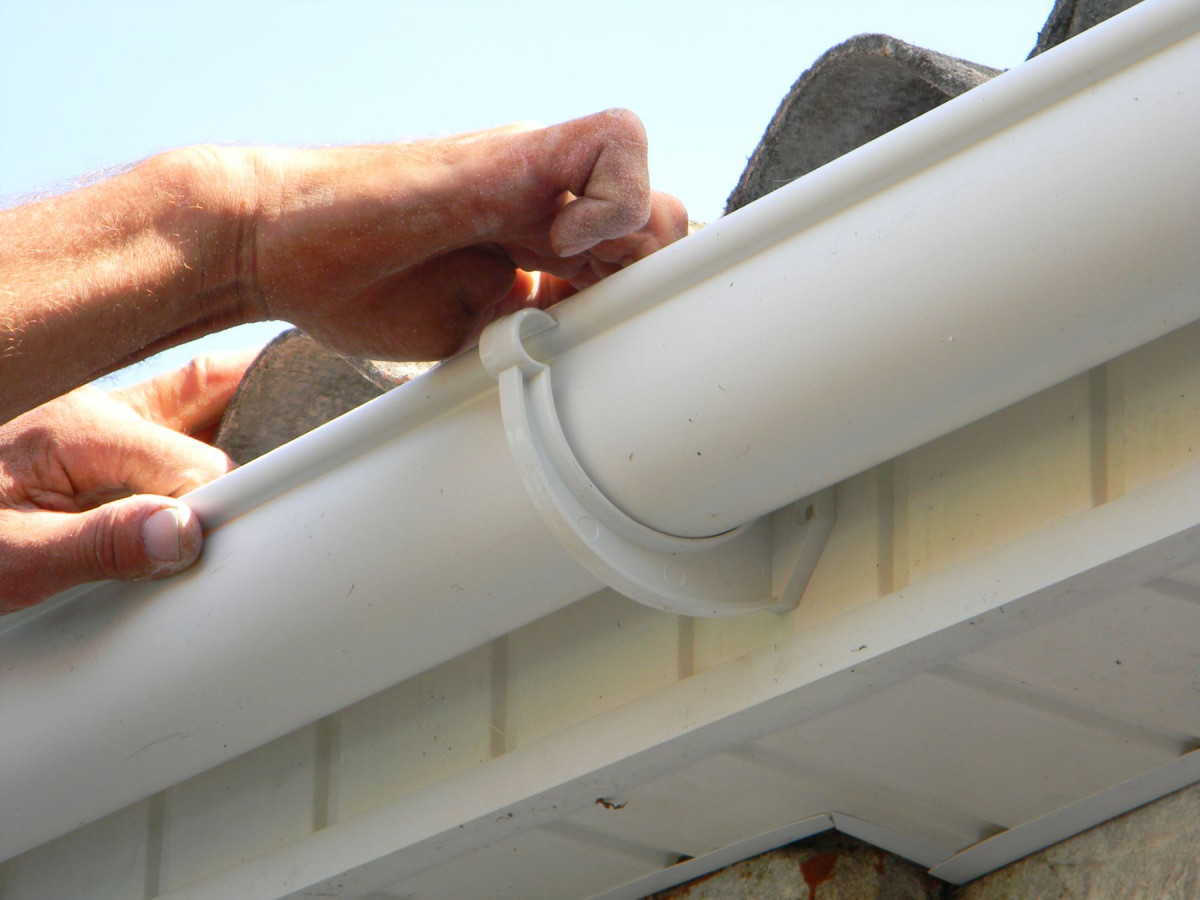

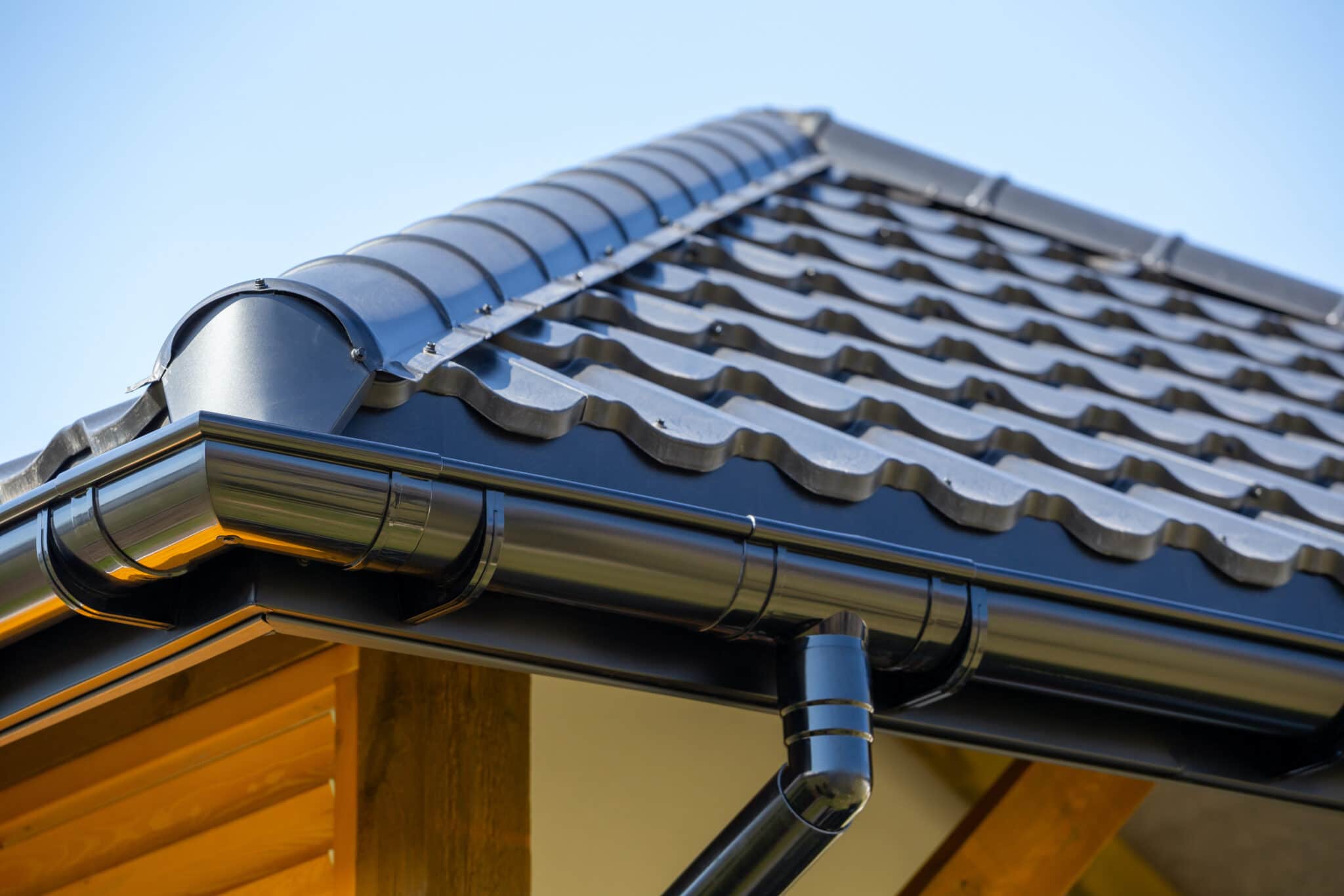
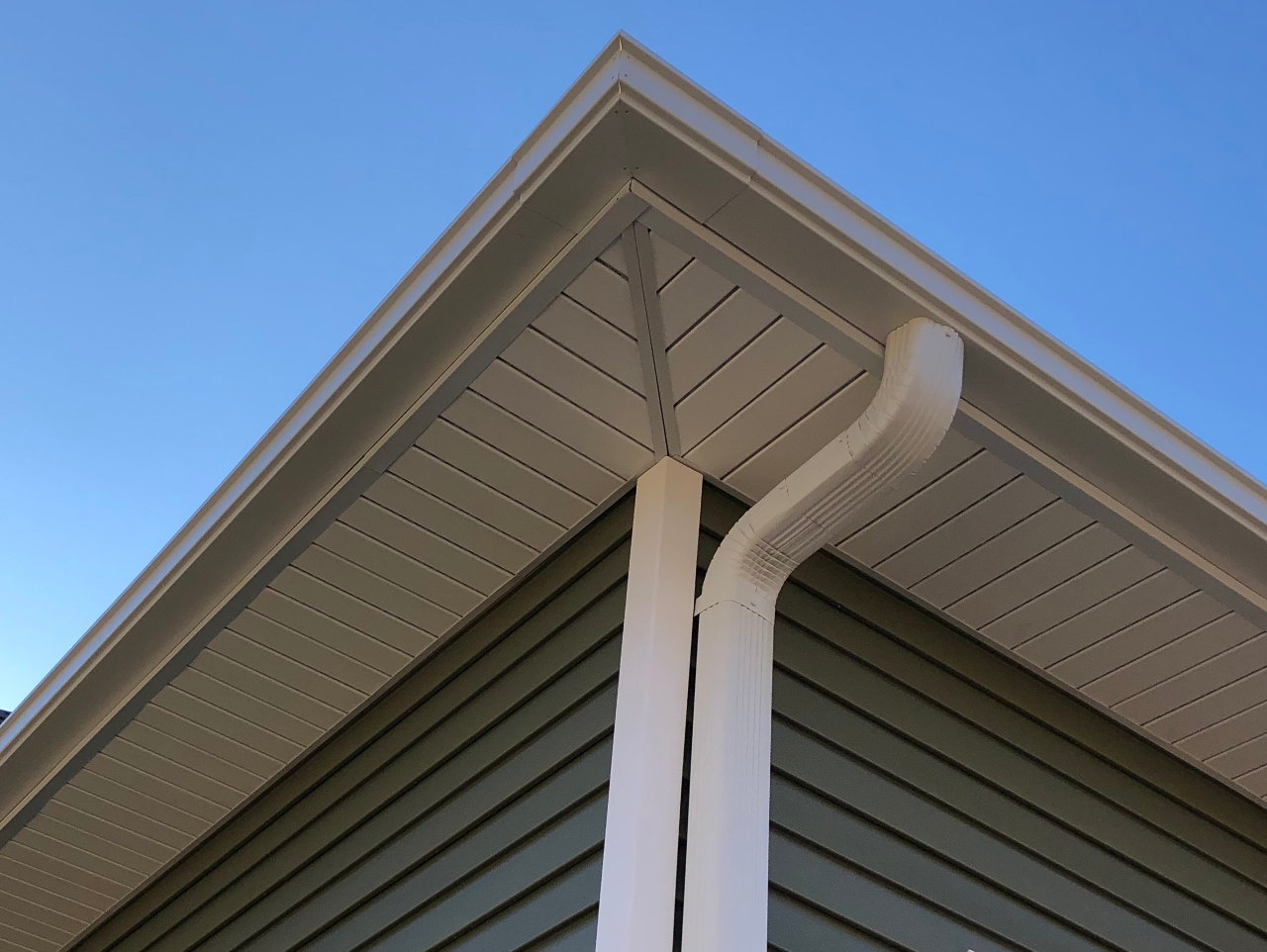
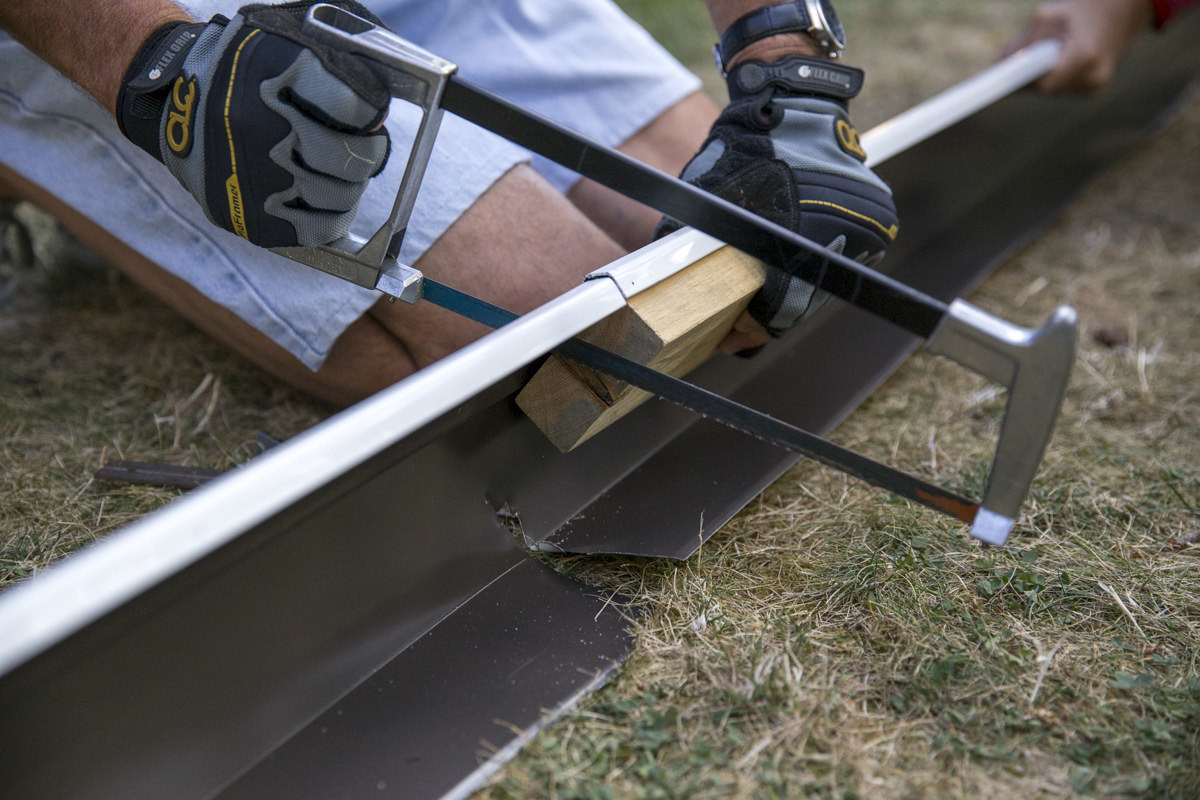
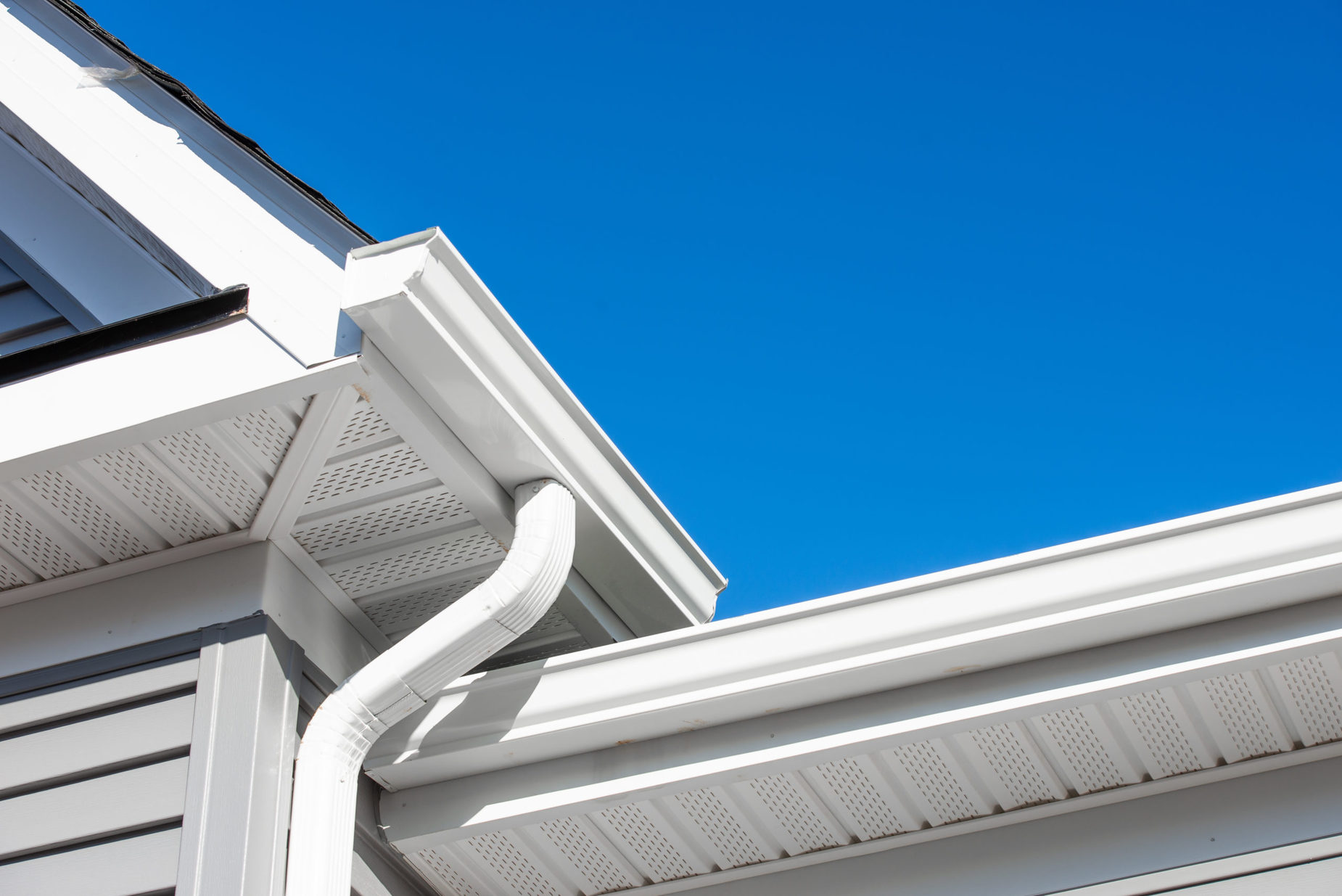

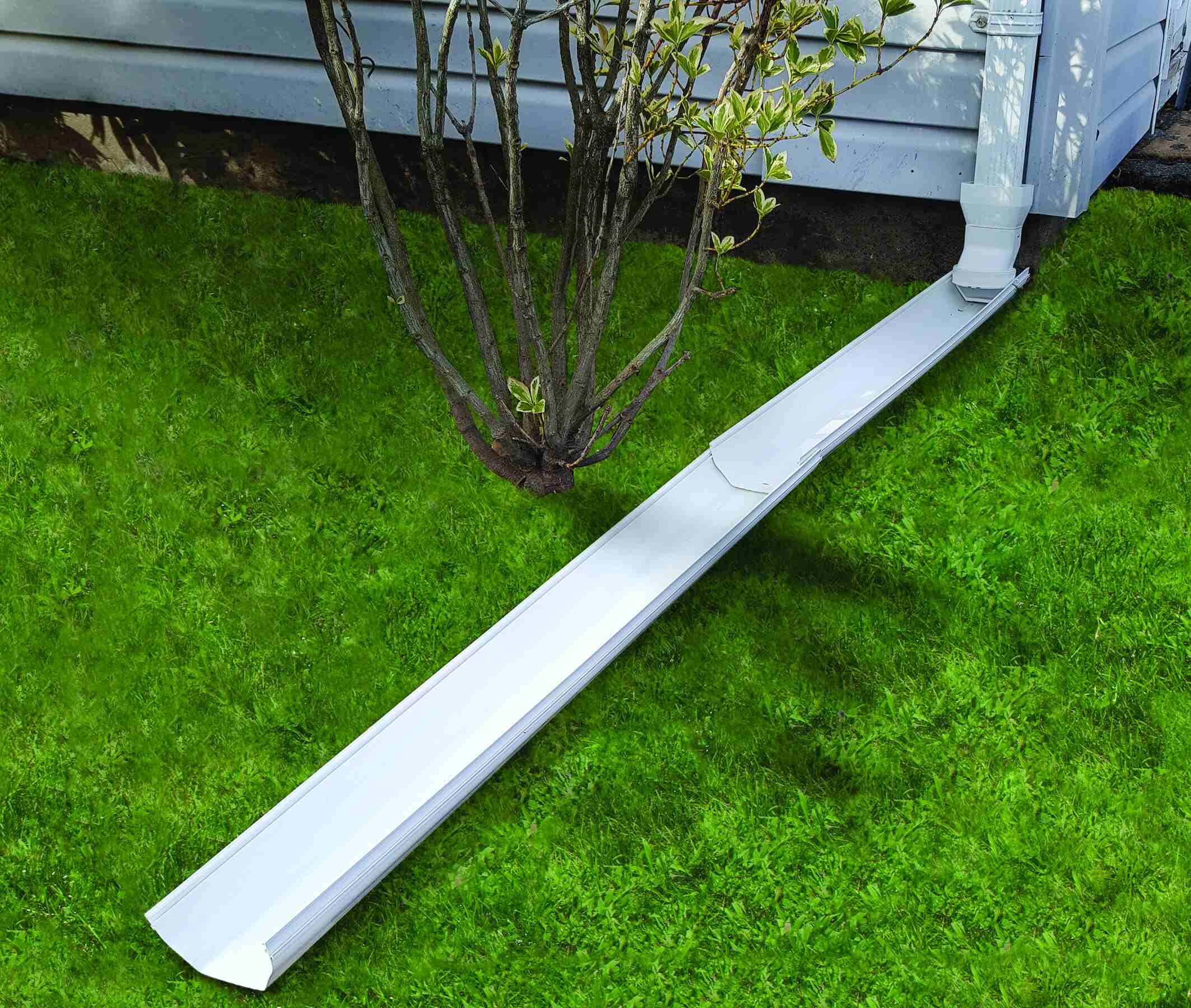
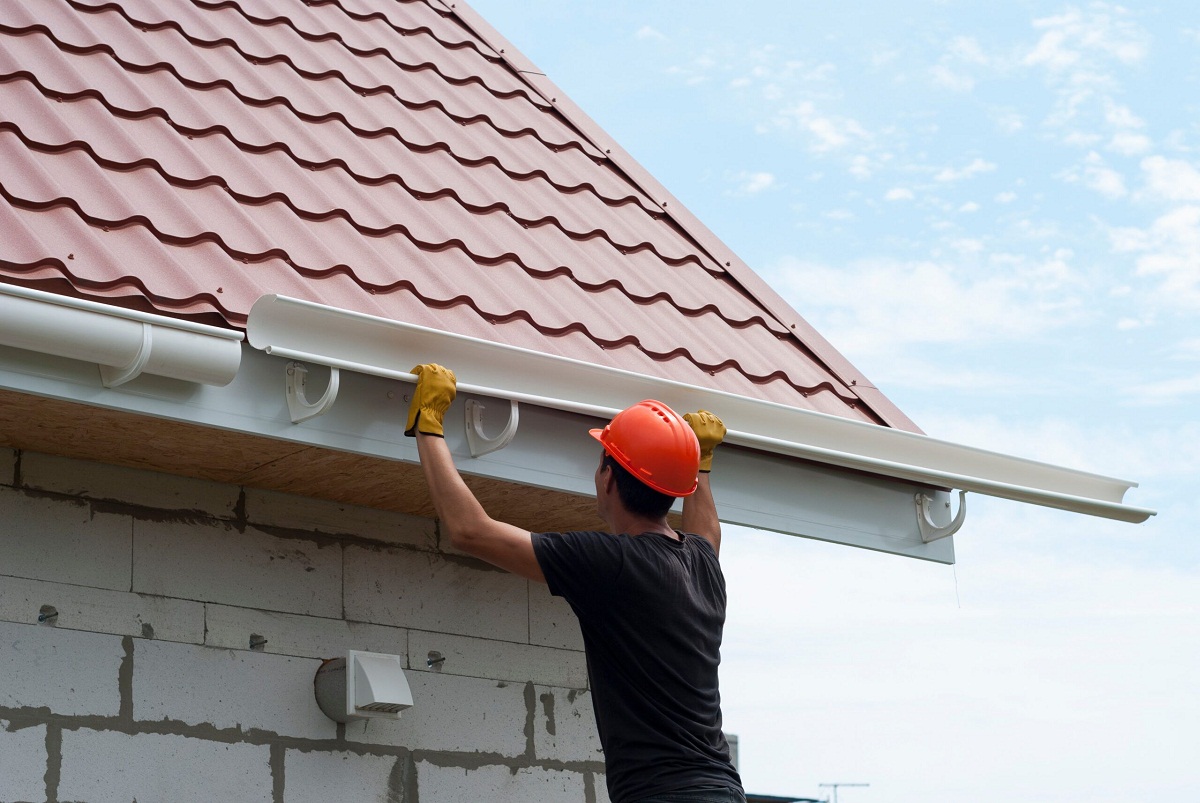
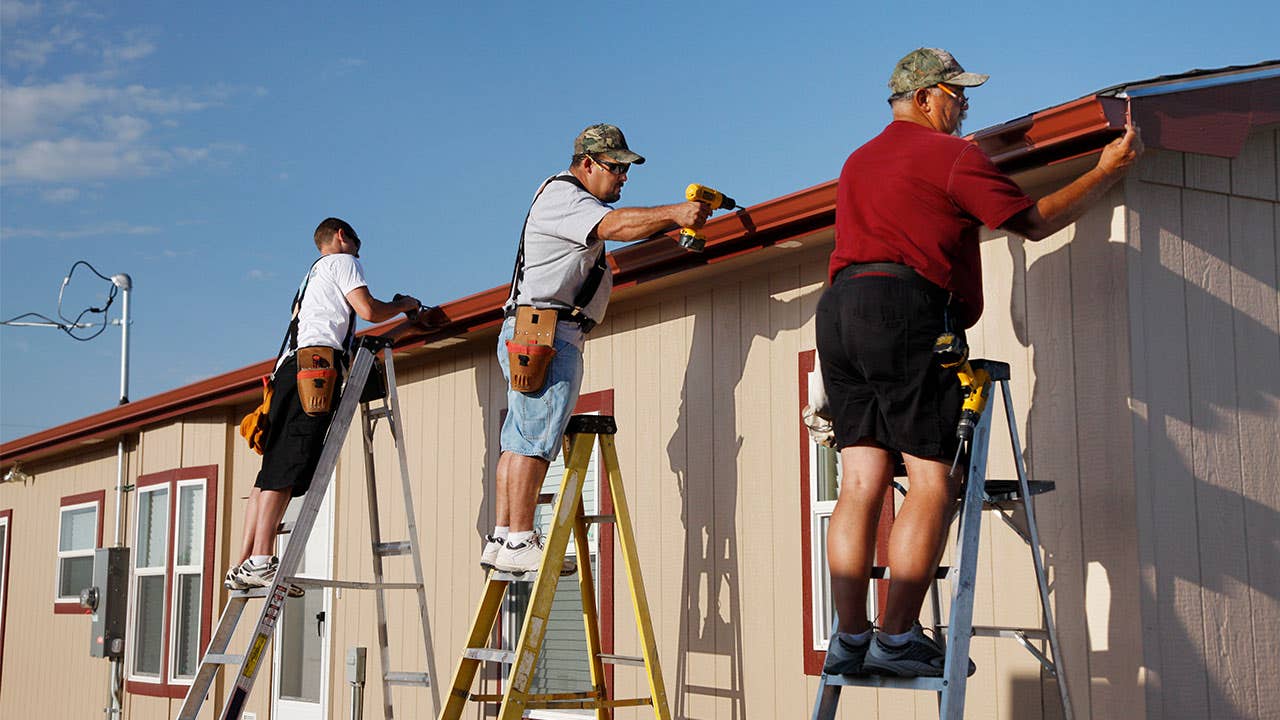

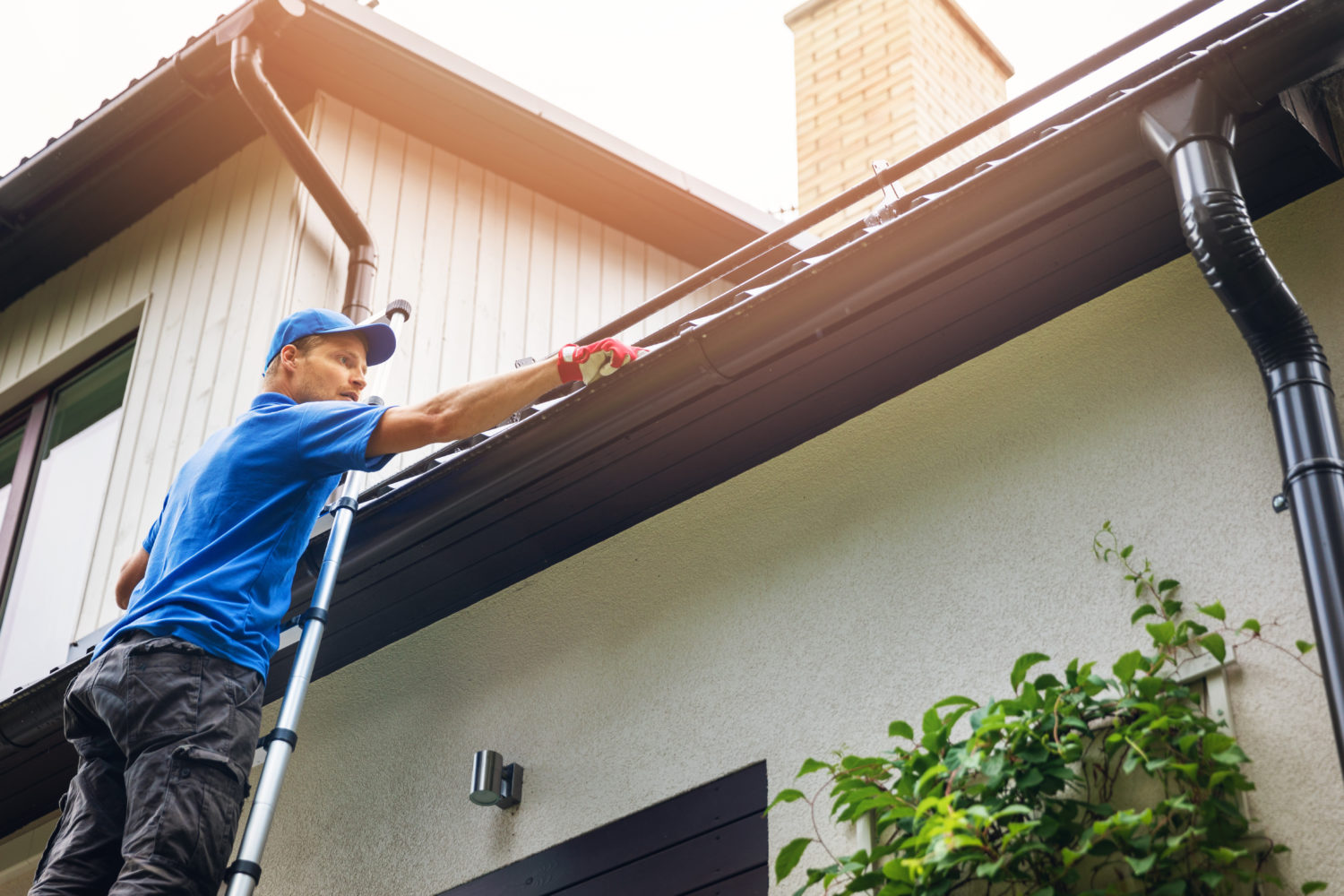
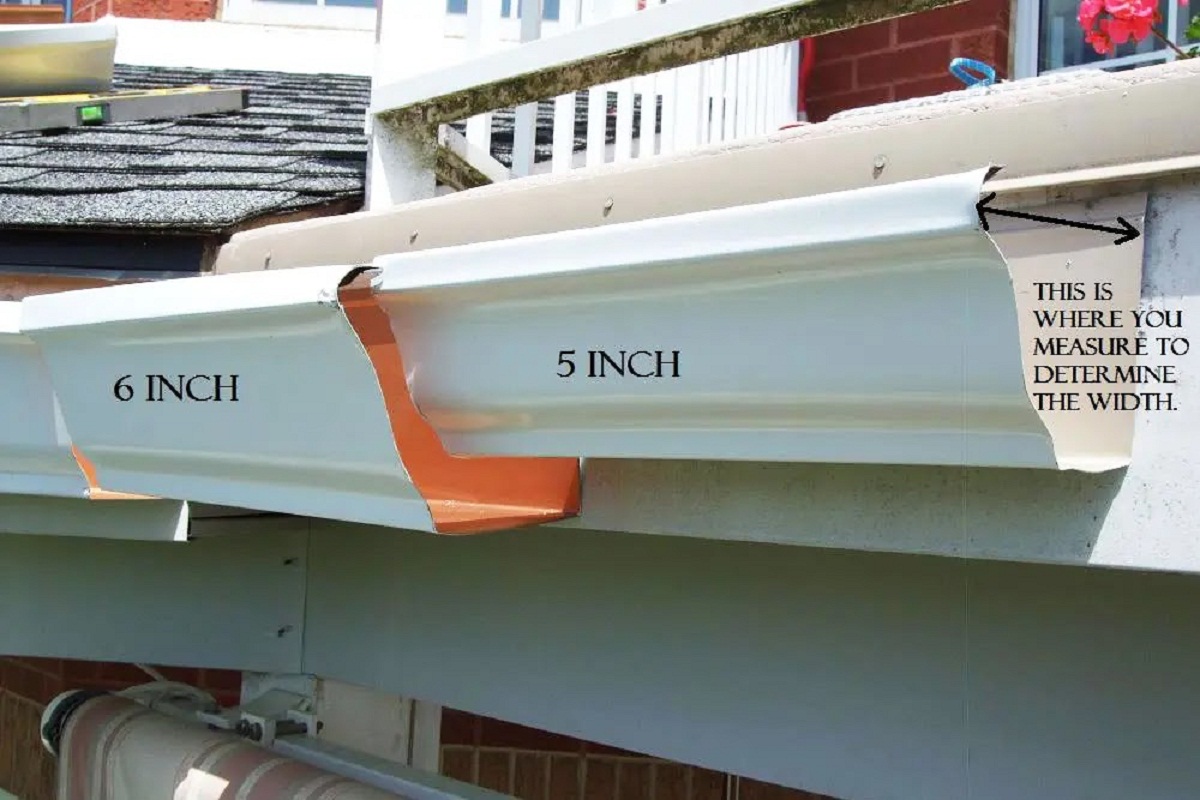

0 thoughts on “How Do Gutters Work”